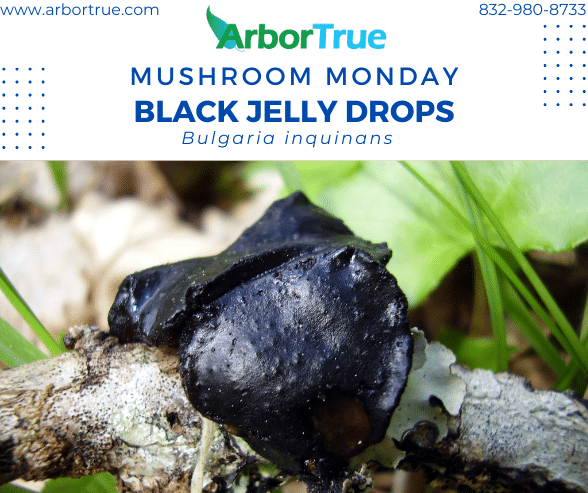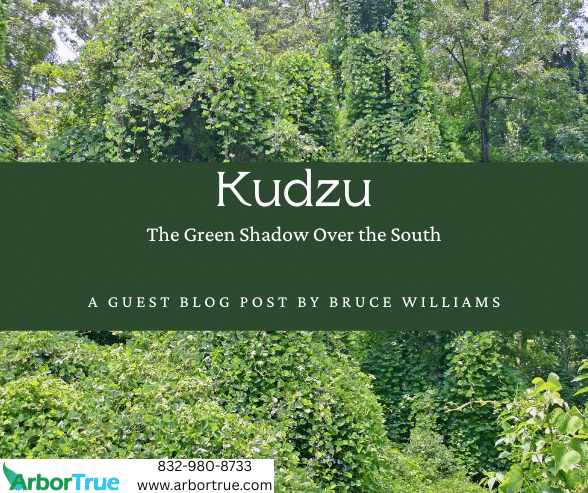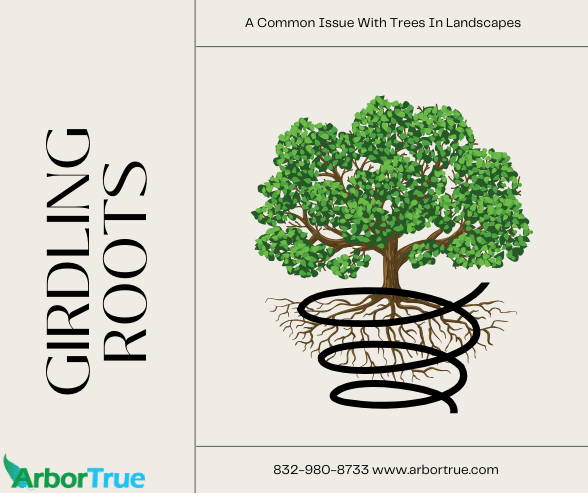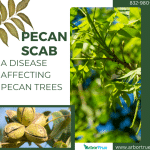
Pecan Scab: A Disease Affecting Pecan Trees
September 20, 2024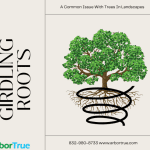
A Common Issue With Trees In Landscapes: Girdling Roots
September 25, 2024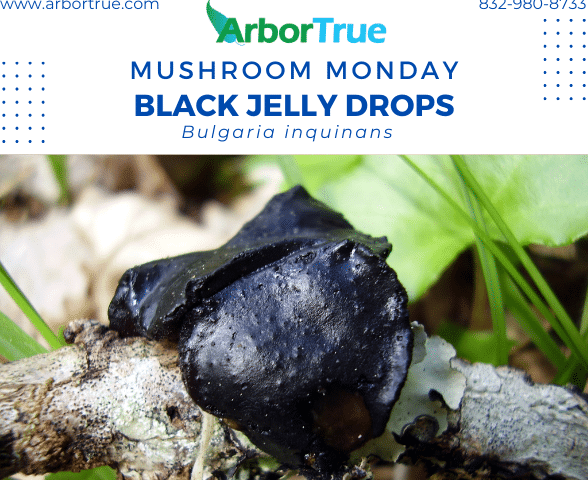
Mushroom Monday: Black Jelly Drops (Bulgaria inquinans)
Today’s Mushroom Monday mushroom is the Black Jelly Drop (Bulgaria inquinans). It’s an odd-looking mushroom you might spot growing on fallen oak trees. Learn more about it in today’s TrueTreeTalk post.
Black Jelly Drops (Bulgaria inquinans)
Black jelly drops start out with a disk shape and become more cupped as they age. As they get older, they become more gelatinous in appearance.
When they are young, they can have scales or fine hairs. As they get older, their surface becomes smoother and darker. Eventually, they have a black/brown color on top with a shiny appearance. Their undersides are different, and look rough, with a scaly brown texture. The overall texture of black jelly drops can range from rubber-like to being more gelatinous.
Black jelly drops are saprophytic with oak and some other trees. In temperate places, they can be found toward the end of summer and the start of fall growing in clusters or in scattered lines. They can be seen throughout North America. They are small in size, generally being one to five centimeters in width, and either have no stem or have just a small pinched connection to the log. Their spores come from their topsides.
Similar looking mushrooms include Pseudosarcosoma latahense and Urnula padeniana.
If you liked learning about black jelly drops (Bulgaria inquinans), check out our other Mushroom Monday posts on our TrueTreeTalk blog. Follow us on Facebook to keep up with these and other posts.
* * *
ArborTrue is a science-based tree-service company in the greater Houston area. We also serve Austin and other parts of Central Texas. We provide a range of services including tree trimming, tree pruning, tree removal, tree planting, arborist consultations, and more. Call us today at 832-980-8733 (Houston) or at 512-546-3833 (Austin) or reach out to us online to schedule an appointment.

